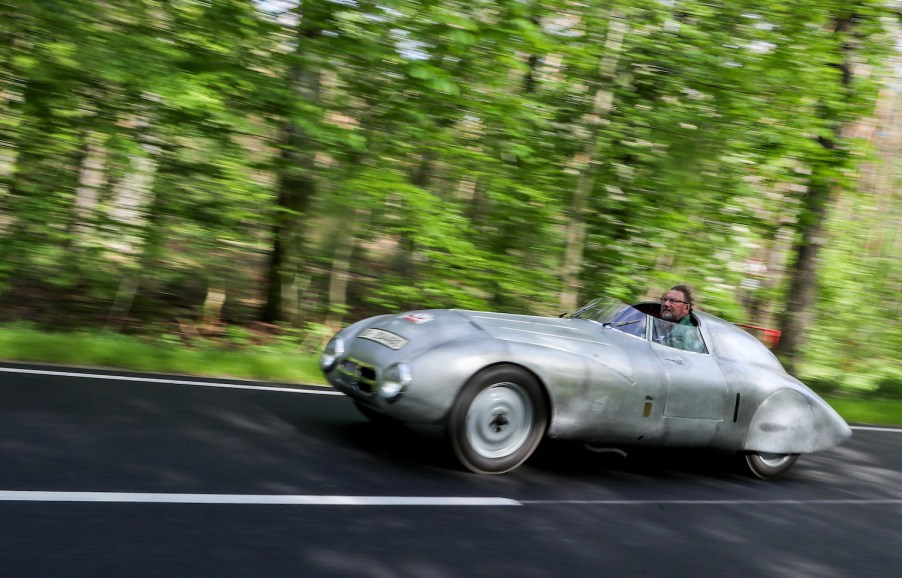
Why Would You Swap a Diesel Engine Into Your Muscle Car?
It’s an interesting question. Why, indeed, would you want a low-revving engine built essentially for hauling lumber and concrete? The answer is torque. Diesel engines inherently make a lot of power at the beginning of the rev range and peter out quickly with an early redline. That torque feels different when it’s in the back of a massive truck with a full payload in tow. However, what if you were to take that same powerplant and swap it into an old muscle car, like a Dodge Charger or Oldsmobile 442?
Diesel engine performance in passenger cars is proven
Outside of trucks, diesel engines aren’t necessarily the go-to option for racing. However, that doesn’t mean they aren’t absolutely brilliant. The 2006 BMW 330d provides stellar acceleration off the line, thanks to 370 lb-ft of torque going to the rear wheels. Unfortunately, its 4,800 RPM redline didn’t hold up well in comparison against its gas-wielding counterpart, which finished at 7,000, as tested by Car and Driver. The point being, if you’re going to diesel-swap your muscle car on a budget, don’t do it to win races; do it for the burnout thrill.
Why should you diesel swap your muscle car?

Muscle cars wrote their name on the tarmac with unbridled, raw, animalistic power. Muscle cars aren’t fast by today’s standards, but they can still possess the grunt and energy of postwar rebellion. Putting a massive amount of torque down is one way to achieve this energy, and a diesel engine is a cheap, easy, and reliable way to do it. Some diesel engines come with 1,000 lb-ft of torque. If you were to put that into a muscle car, sure, it might not beat a Ford Ecoboost Mustang to the quarter-mile, but it would represent pure unadulterated power.
The best diesel engine to swap into your muscle car

Diesel engines abound in junkyards and internet auction sites, so there are plenty to choose from. One of the best is the Cummins turbodiesel 6.7-liter inline-six that exists in Dodge trucks. In the early-mid 2000s, they possessed around 600 lb-ft of torque from the factory. eBay Motors sells them for about $4,200. Getting that kind of power from a gas-powered V8, depending on how much you start with, could cost more than a diesel engine. The redline for the Cummins turbodiesel rests around 3,000 RPM. If you were to raise that redline, you’d have to look into better internals like valve springs and pistons.
You could make your diesel-powered muscle car race, but…

Any sanctioned racing costs a lot of money, not just in entry fees but also in keeping the car healthy and functioning. The diesel engine would undoubtedly add to that. At some point, getting a diesel engine race-ready would cost more than the gas engine. It’s not recommended to race a diesel-powered muscle car on the cheap, but it can be done. For now, the idea of a diesel-engine muscle car is just to kick up a lot of smoke.


